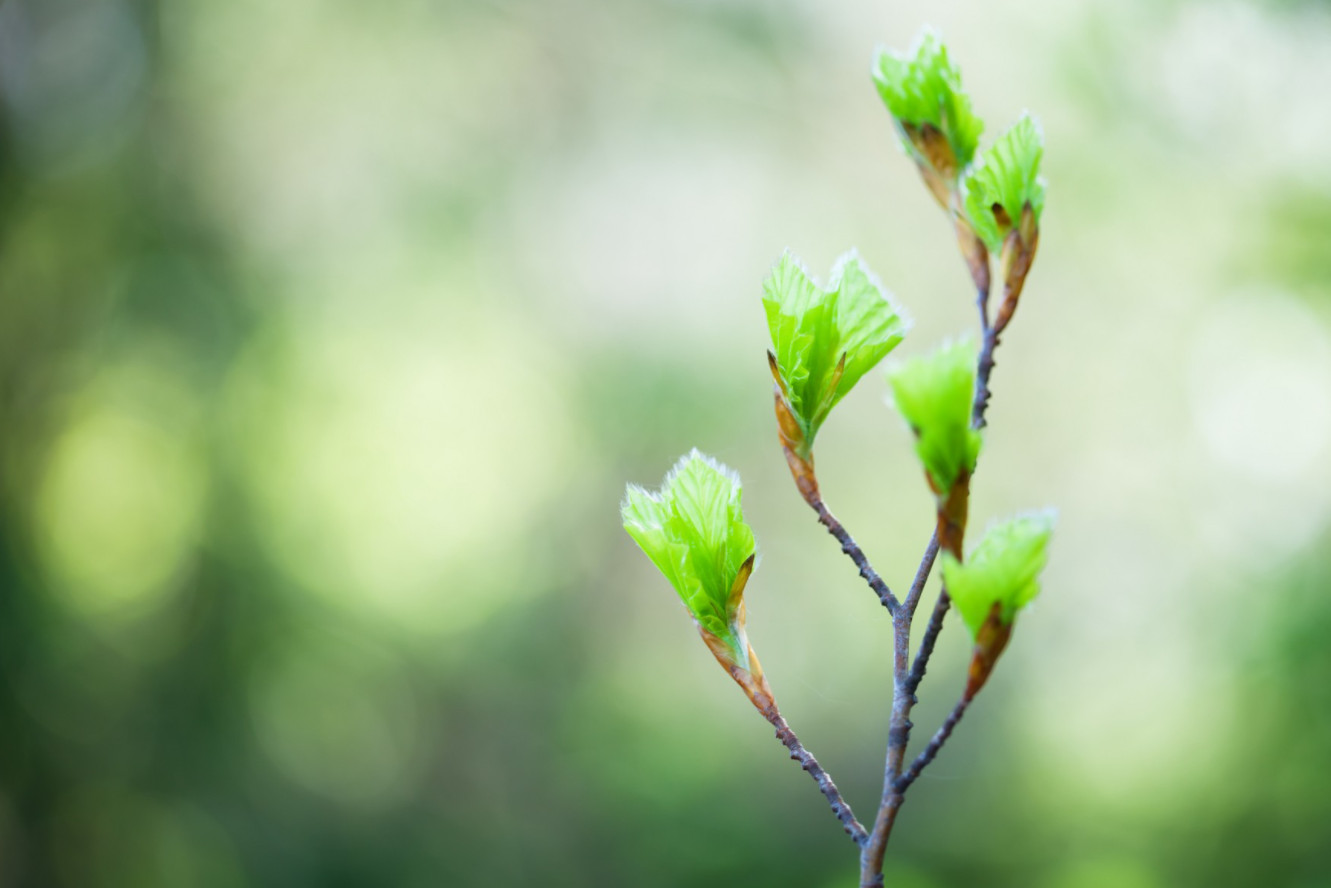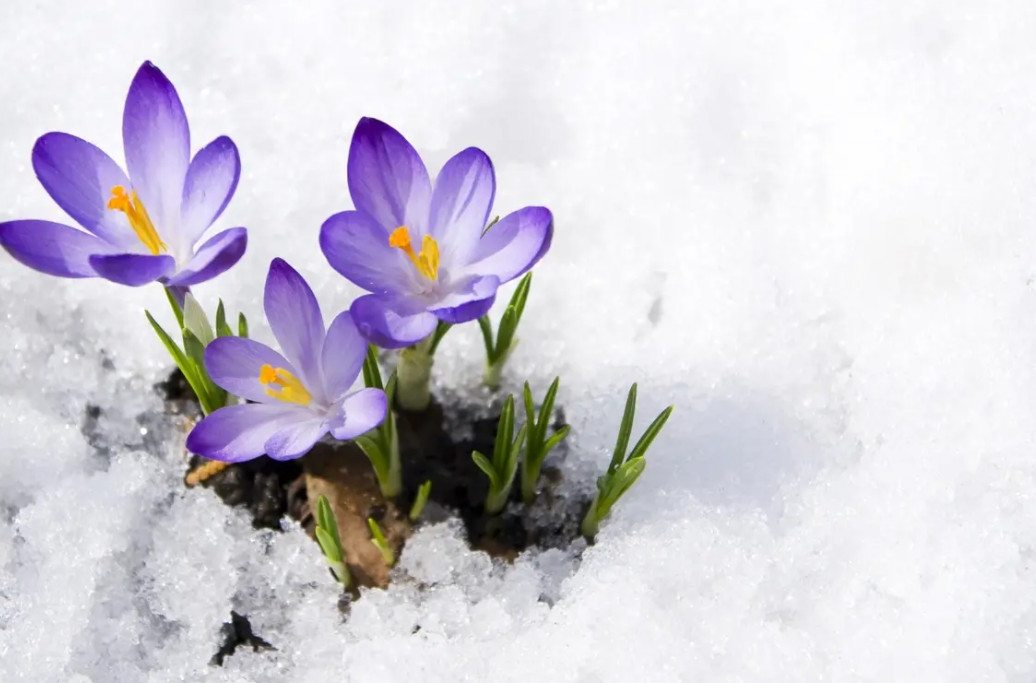A decrease in the total number of rainy days is causing plants to flower earlier in northern climates, leading to spring arriving earlier than expected, say researchers from Ohio State University.

Their research shows that with current rainfall, young leaves will grow 1-2 days earlier per decade.
While previous studies have focused on how warmer temperatures due to climate change will affect the timing of spring onset, this is one of the first to focus on precipitation.
Desheng Liu, co-author of the study, said: “Scientists mainly look at how temperature affects the growth of young leaves, and if they look at rainfall, it’s just the total amount. But it’s not the total amount that matters, it’s the frequency. rain”.
Why does precipitation affect the timing of spring onset?
According to the researchers, there are two main reasons why the reduced rainfall leads to the earlier arrival of spring. First, trees and plants receive more solar radiation during the year when there are fewer rainy days, stimulating leaf growth.
Monday fewer cloudy days also mean higher daytime temperatures and more sunlight that warms the ground and atmosphere. Nighttime temperatures then cool rapidly and there are no clouds to trap heat.
For the study, the scientists analyzed data from the US, Europe and China, including the annual leaf appearance date and the number of rainy days per month. They also studied satellite images from 1982 to 2018, recording when vegetation started to turn green.
The analysis revealed that as rainy days dwindled over the years, spring arrived earlier in most areas of the Northern Hemisphere.

Based on the findings, the researchers calculated that future declines in rainfall would also mean Spring came 10 days earlier before the year 2100.
Jian Wang, study co-author said: “We can expect a spring earlier in the future than current models tell us. This contrasting effect occurs early in the year causing trees to think it is spring and will start to produce leaves sooner and later”.
If spring starts earlier, it could trigger a domino effect and impact entire ecosystems, including other wildlife.
Professor Ulf Buntgen, a researcher from Cambridge University’s Department of Geography and not involved in the study, shared: “When plants flower too early, late frosts can kill them. But the risk is even greater when it alters the ecosystem.”
Plants, insects, birds and other wild animals have evolved together and created synchronicity throughout their entire developmental stages. A certain plant that flowers will attract a specific type of insect, a particular type of bird, etc.
But if one species is more responsive than the other, the risk of a lack of synchronicity could put species in crisis if they don’t adapt quickly enough.
Refer to the Met Office
